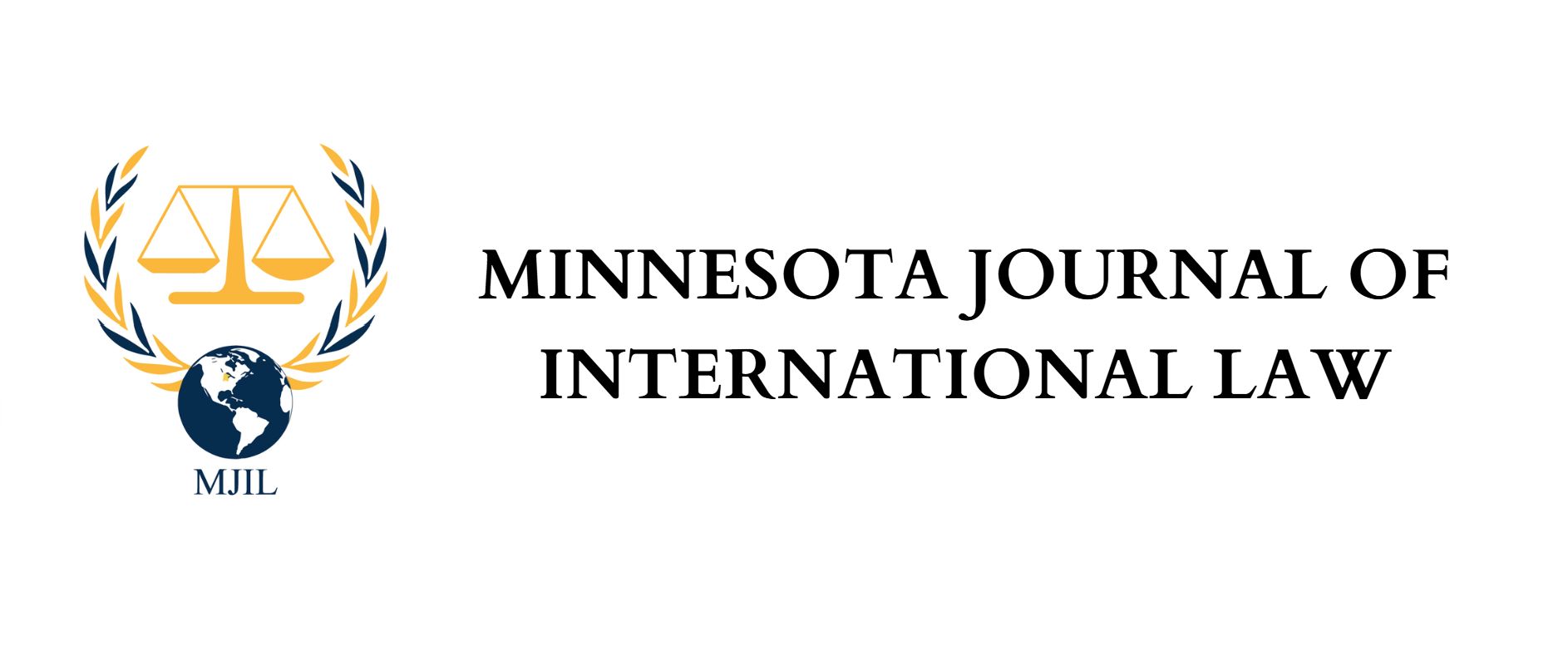Cooper Johnson, MJIL Staff Member
In the past two years Anbang, a Chinese insurer, has paid $2 billion for the St. Regis in New York City and $6.5 billion for Strategic Hotels.[1] Most recently, Anbang was in a bidding war with Marriot for Starwood Hotels where Anbang bid as high as $14 billion before mysteriously dropping out.[2] Residential real estate is also high in demand, as Chinese families have become the largest group of overseas home-buyers in the United States.[3] With all this demand, the question remains what is the driving force.
The most obvious reason could be the slow down of the Chinese economy. Over the last three decades, China has barreled ahead at an average of about 10% GDP growth per year.[4] For 2015, China had full-year growth of 6.9%, the lowest since 1990.[5] The IMF has estimated that China GDP growth will be around 6.3%, showing continued deterioration.[6]
The Chinese central bank has used every trick in the monetary policy bag in attempting to spur economic growth back to the heralded 10% mark. From November 2014 to October 2015, the Chinese central bank has cut interests six times.[7] In October 2015, the Chinese central bank cut the benchmark one-year lending rate and deposit rates by 25 basis points.[8] The most drastic measure came in August 2015, when the Chinese central bank devalued the yuan, cutting the daily reference rate by 1.9%, triggering the Chinese yuan’s biggest one-day drop since China ended a dual-currency system in January 1994.[9] By cutting rates and devaluing the currency, China is looking to support Chinese exporters by making Chinese goods more affordable to international businesses and consumers.
The constant manipulation of the yuan does not come without its costs though. Capital outflows in China for 2015 estimated a total of $1 trillion.[10] In additional to capital exiting the Chinese economy, exporters are holding funds in dollars instead of converting them to yuan.[11] With China having strict rules on moving capital offshore, those seeking to evade the limits have begun to disguise money flows as payment for goods exported or imported to foreign countries, thus phantom goods also disguise billions in illicit China money flows.[12]
The lagging GDP growth and aggressive monetary policy of China and its central bank could explain why Anbang and others are on such an aggressive buying spree of American real estate so that they are more diversified and shielded from a falling yuan and slowing economy.[13] The demand for American real estate thus is likely being driven by the aggressive policy choices of the central bank of China. American real estate is just another way to put the capital beyond the reach of the Chinese government, just like phantom goods.
[1] Scott Cendrowski, Anbang Keeps Acquisitions Rolling After Dropping Starwood Bid, Fortune (Apr. 6, 2016), http://fortune.com/2016/04/06/anbang-keeps-acquisitions-rolling/.
[2] Id.
[3] Dionne Searcy & Keith Bradsher, Chinese Cash Floods U.S. Real Estate Market, N.Y. Times (Nov. 28, 2015), http://www.nytimes.com/2015/11/29/business/international/chinese-cash-floods-us-real-estate-market.html?_r=0.
[4] Charles Riley, China Growth Forecasts Shrink As Economy Stumbles, CNN (Sept. 10, 2012), http://money.cnn.com/2012/09/10/news/economy/china-growth/.
[5] China GDP Slows to Weakest Since 2009 on Manufacturing Slide, Bloomberg (Jan. 18, 2016), http://www.bloomberg.com/news/articles/2016-01-19/china-s-gdp-misses-estimates-as-stimulus-struggles-for-traction.
[6] Id.
[7] Lingling Wei, China’s Central Bank Moves to Spur Economic Growth, Wall St. J. (Oct. 23, 2015), http://www.wsj.com/articles/chinas-central-bank-cuts-rates-1445601495.
[8] Id.
[9] China Rattles Markets with Yuan Devaluation, Bloomberg (April 10, 2015), http://www.bloomberg.com/news/articles/2015-08-11/china-weakens-yuan-reference-rate-by-record-1-9-amid-slowdown.
[10] China Capital Outflows Rise to Estimated $1 Trillion in 2015, Bloomberg (Jan. 25, 2016), http://www.bloomberg.com/news/articles/2016-01-25/china-capital-outflows-climb-to-estimated-1-trillion-in-2015.
[11] Id.
[12] Enda Curran, Phantom Goods Disguise Billions in China Illicit Money Flows, Bloomberg (Mar. 8, 2016), http://www.bloomberg.com/news/articles/2016-03-08/phantom-goods-disguise-billions-in-china-illicit-money-outflows.
[13] Cendrowski, supra note 1.
